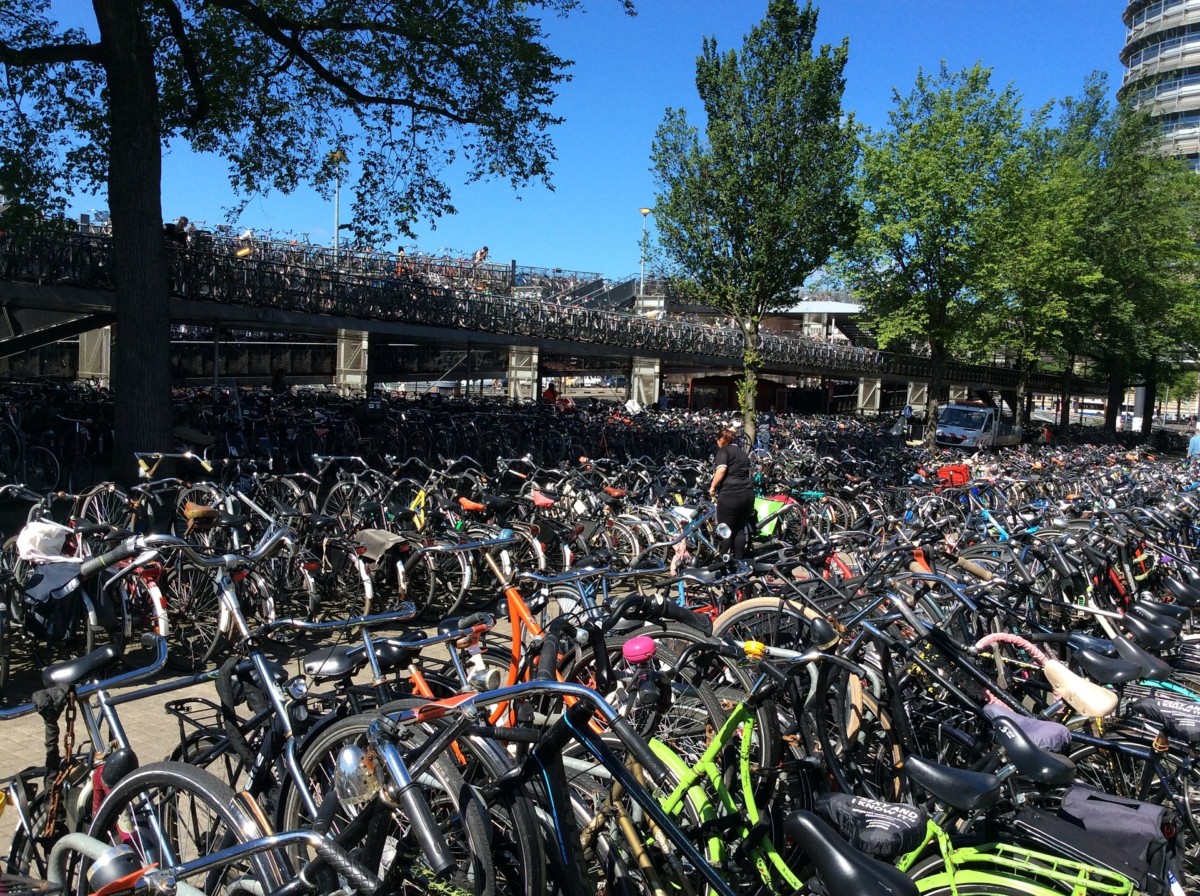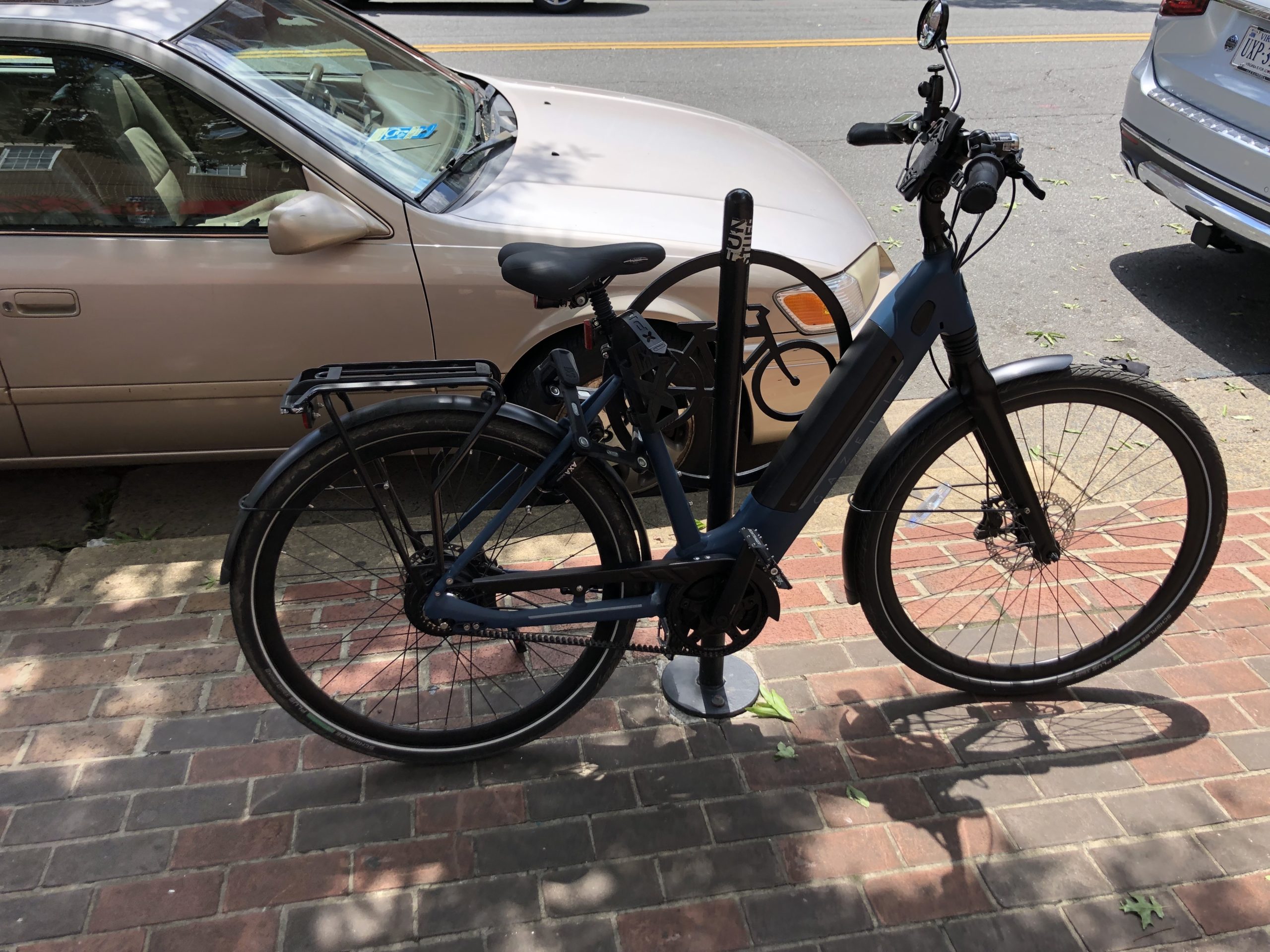What’s your style? Plodding but steady? Head down in the wind keeping tight with your pelet0n? Adventurer? Down-hill racer? Paths and parks with a touch of gravel? Strictly urban workaholic? Some combination of the above?
Me, I’m grandpa, old, a bit decrepit, tooling about Alexandria between 10-16 mph depending upon the incline, the wind, my often aching legs and reluctant lungs. Far from concerning myself on how fast I go, I’m much more concerned on how slow I travel. I wave and smile at babies and kids, nod to approaching riders. I often stop to chat with fellow e-bikers: “Love your ride! What do think of it? Do you like it?” I’m strictly an urban biker now, my attempts at becoming even remotely proficient on single track or downhill many years in the past. I’ve learned to slow down to just enjoy. That’s me, though, not you.
For those wanting to enter the electric mobility market, and its not just bikes, the consumer is faces a welter of choices, styles , with nascent technologies and a permutation of accessories and options in the hundreds. New companies seem to appear and wilt away like spring daffodils; every day it seems there’s some new concept vehicle offered on Indiegogo or online. What’s it all about? And how does one decide?
Given the price point of quality e-bikes, people are often looking for multi-purpose vehicles, much like SUV’s today. They want it for work and daily errands, for play, for exercise, for taking the kids to school, for the spring visit to Lowe’s to haul 100 lbs. of garden mulch homeward. For the adventurer, they want range, a rack that’s sturdy enough to haul their temporary lives about. For the downhill racer: suspension, suspension, suspension, and lots of torque to get you up the mountain. For the speed freak, acceleration and top end power is key.
All of which are available, and all of which you gotta pay for. The price range and quality is really wide, from Walmart, around a $700 impulse buy to the luxurious and sophisticated tech of Riese and Muller, $10,ooo+ fully kitted out. Many potential e-riders I’ve spoken with favor Walmart; after all why pay more than ten times over for serviceable transportation? Or why not a Rad Power bike (and I in no way want to discourage anyone from buying one – they’re great bikes) for less than $2000?
Which gets back to my original question: what’s your style? Are you a pedal power type or are you more of a scooter, moped type of rider? Are you comfortable dealing with this area’s hills, climbing, pedaling, exerting yourself to get to the top or would you rather let the motor do all the work for you?
The difference is whether or not a bike has a throttle, that is, a Class 2 Pedelec (with) versus a Class 1 (without). With a throttle you depress or twist a lever and go. Though the bike may require you to keep the crank rotating, and faster rotation may even make the bike go faster, exertion, i.e. torque, i.e. human wattage, is NOT required. Bikes such as these have cadence sensors that detect if and how fast you pedal and controllers that deliver power to the motor accordingly. Rad Power bikes are good examples.
Quite a few riders mention that “I just use the throttle to get going or to climb hills.” Could be, but that’s not what I’ve observed on the trail; most every e-biker I’ve encountered with a throttle bike uses the throttle – always. I know, I’ve owed two such bike before.
I’m decidedly in the pedaling, effortful camp. I believe in the cycling experience: without exertion, you do not move at all, but the more you exert yourself the faster you go and higher you get. For me, exercise is vital. I’ve got to keep the ole gams in shape, the blood pumping and my brain oxygenated. E-biking every day does that.
Adaptive assist e-bikes, without a throttle, do not replace your effort but rather amplify the wattage YOU output. Thus power and range become a function not of your motor and battery, but of your legs, lungs and overall stamina. The motor, though, certainly helps.
Most e-bike marketing misses this point. An advertised range may indicate 100 miles per charge, but can your legs go that far? For many touring e-bikers this is often an un-asked question. Can you go 50-100 mi. a day, day after day? Even with assistance, do you have the legs?
And they’re expensive. These bikes generally use mid-drive motors which are more expensive than the hub drives typically found on Class 2 throttle bikes. And the experience should be transparent, it should be smooth, it should be quiet. Ideally, you should not be aware of the motor at all. To accomplish this effect, these bikes require sophisticated controllers, power regulators, torque and cadence sensors and lots of software. A quality e-bike will fool you into thinking you’re an awful lot stronger than you think you are. Try going up a steep hill under power and turn the motor off halfway up. You will quickly be disabused of your super powers!
I chose a Class 1 Pedelec, a bike that enhances my power, not something that replaces it. I wanted to smooth out the hills and extend my range. I wanted a transparent, responsive experience, without the distraction of a system’s latency or noise.
For safety, I insisted on UL certified battery with thermal regulation, hydraulic disk brakes and built in lighting package. I also wanted a low step with an upright riding position and the smoothest drive train available – a carbon belt drive. I chose the Enviolo continually variable transmission, completely sealed from the elements. No chain, no oil, no mess, no constant adjustment, no maintenance.
After months of searching, I found the Gazelle Ultimate 380 and I felt this was just about the perfect, purpose-built urban commuter. My Gazelle has it all: utility, comfort, safety and reliability. I can even go fast if I work at it.
But if you want to plunk down 7 C-notes for a Walmart bike, go for it. It’s an introduction without a great deal of commitment. Or a fat tire bike, or a beachside cruiser for your retirement, go for it. Above all, before clicking the BUY button, go to bike shops try their rides. Try as many as you can. Try different styles, different prices, especially the wildly expensive ones, the highest quality models – you don’t have to buy ’em. Try them on flats (precious few around here), on hills, in traffic.
And check out vloggers who post about their bikes. But remember, anyone who does so (including me) loves their bike and thinks they’ve made an absolutely brilliant choice (including me). Be aware that there is no credible list of “Top 10 Electric Bikes” or “Best Bikes of 2022”. Such lists are just reflections of the authors’ biases or commercial agendas. However, somewhere out there, with a bit of searching, a bit of nerding out over styles, components, systems and of course the right color, there’s an e-bike for you. Enjoy.

